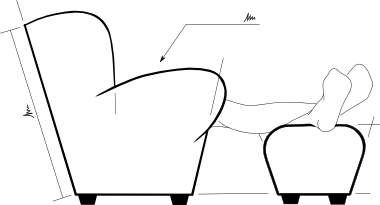No-Bend, Self-Jig Rear Hanger
While I was not happy with the bending requirements in the initial M0.1 design of Atomic Duck, I was willing to use part design that required a press brake for manufacture and refine them later. That is until I found that the cost of bending is prohibitively high in small manufacturing volumes.
While I had an idea of how to adjust most of the parts to remove the bending requirements, the rear hanger was causing me some difficulty until I realised that I could use the cutting method to my advantage.
By optimising the design for cutting by laser, I can use the accuracy, repeatability and fine tolerances of CNC cutting and take advantage of not having to manually transfer cutting shapes to the material surface. Because the CAD file describes the cutting shape completely — and in the form ready for cutting — there is little difference between cutting a “simple”, easily described shape and a more complex one.
So, instead of using a single part with bending lines, I can use multiple flat parts with interlocking crenels and merlons that form adhesively-bonded “hinges”.
[gallery link=”file” columns=”2”]
Unfortunately, the increase in cutting complexity means it’s more difficult to mark out and cut manually. However, this could be mitigated to some extent by providing accurately cut templates that could be used for marking out and tolerance checking.
